Netflix's 'Ripley' makes some key changes from Patricia Highsmith's 'The Talented Mr Ripley.' Here's how the series and novel differ.
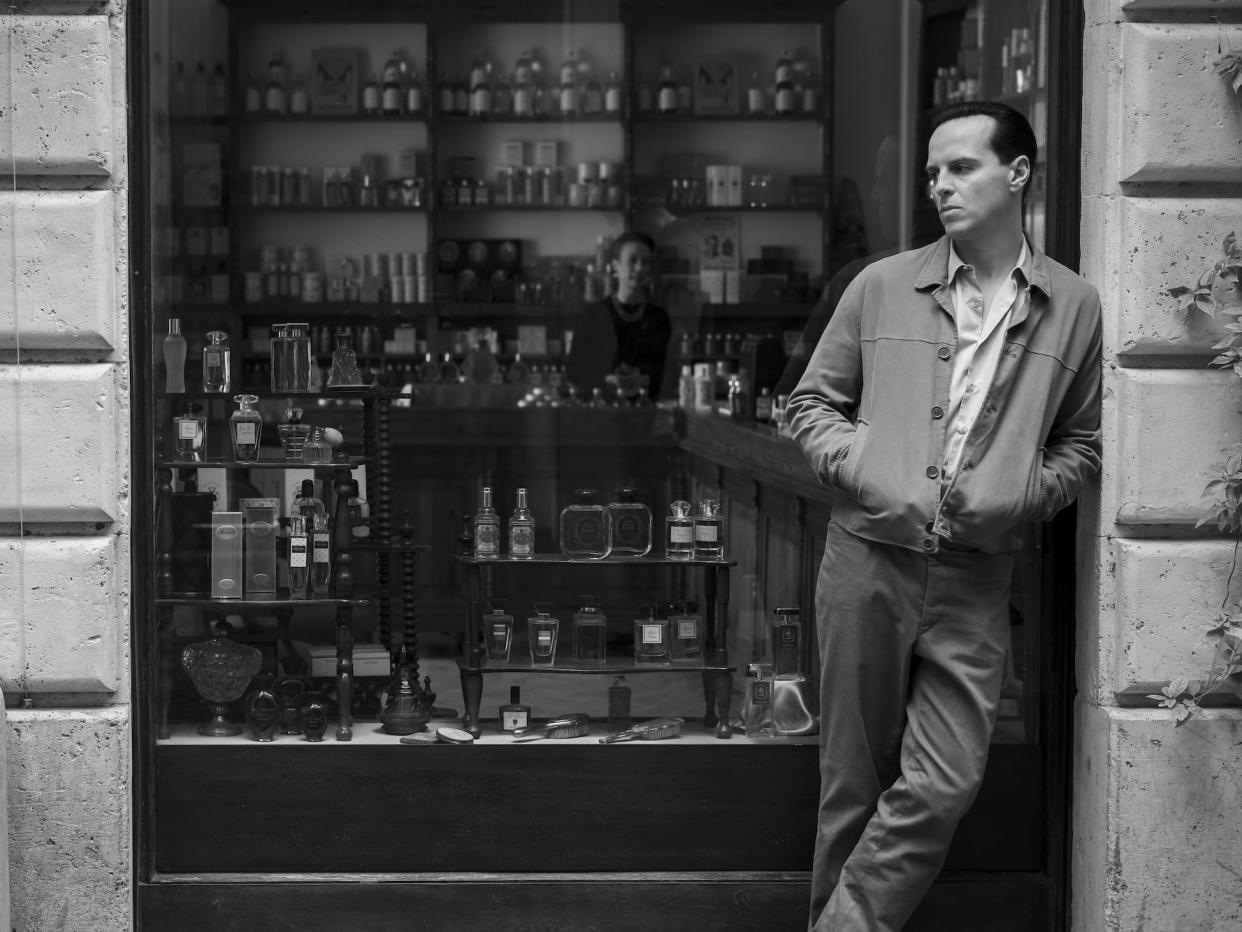
- Oops!Something went wrong.Please try again later.
- Oops!Something went wrong.Please try again later.
- Oops!Something went wrong.Please try again later.
"Ripley" is based on Patricia Highsmith's classic crime drama "The Talented Mr Ripley."
Some details such as the time period and the characters' ages have been changed for the series.
Warning: Major spoilers ahead for all eight episodes of "Ripley."
Netflix's "Ripley" is an incredibly faithful adaptation of the novel "The Talented Mr Ripley" by acclaimed US author Patricia Highsmith, arguably hewing closest to the source material out of all the versions of the classic crime drama committed to screen.
Written and directed by Steven Zaillian, renowned as the screenwriter behind "The Irishman," "Schindler's List," and "The Girl with the Dragon Tattoo," the series follows Tom Ripley (Andrew Scott), a grifter making a dishonest living for himself in New York. That is until he's hired by wealthy shipping magnate Herbert Greenleaf to travel to Italy to try to convince his wayward son, Dickie (Johnny Flynn), to return to America to pursue a respectable career.
Tom's acceptance of the job is the first step in a dark, complex journey involving deceit, fraud, and murder, which audiences see unfold in meticulous detail across the eight episodes of the limited series.
Given its runtime — previous film adaptations have all been around the two-hour mark — Zaillian relishes the opportunity to remain close to the heart of the story.
However, some changes have inevitably been made to make the story better fit Zaillian's vision.
Here are the major differences between the book and the show. A word of warning, though: there are major spoilers ahead for "Ripley," and Highsmith's novel on which it is based, below.
The show's time setting is changed from the 1950s to the early 1960s.
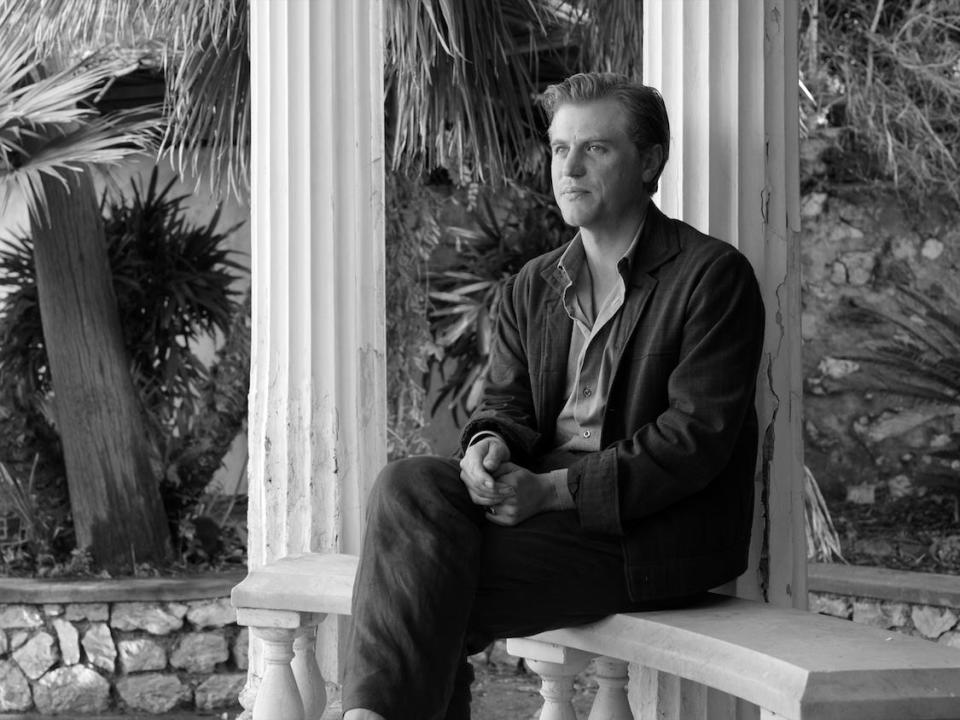
A title card at the beginning of episode one tells audiences that the series takes place in 1961 — six years after Highsmith's novel was set.
It's likely not been lost on audiences that Zaillian and Oscar-winning cinematographer Robert Elswit takes a lot of cues from the noir cinema of the 1960s, including the work of Alfred Hitchcock and Italian auteur Federico Fellini.
It perhaps explains why the series' timeline has shifted a few years.
The characters at the center of the story have been aged up to suit better the actors playing them.
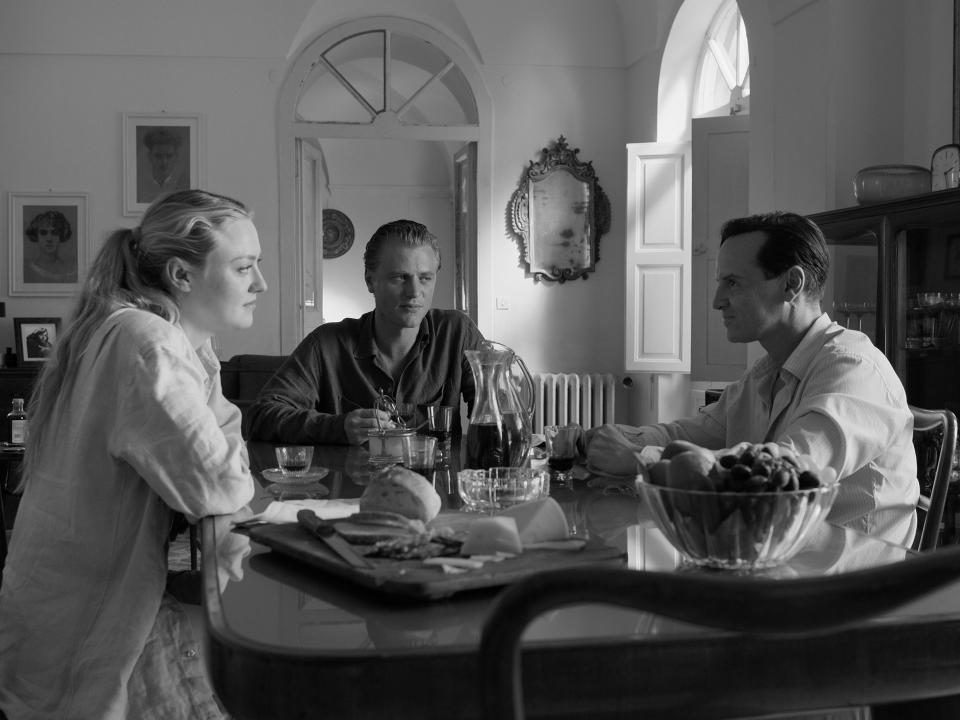
In the book, both Tom, Dickie, and Marge (Dakota Fanning) are supposed to be in their early 20s. Tom is 25 years old, while Dickie and Marge's exact ages are not disclosed.
While the ages of the characters are not overtly referenced in the series, it's clear that we're to believe that the central trio are in their 30s, given the age of the cast: Scott is 47, Flynn is 41, and Fanning is 30.
The characterization of Freddie Miles is markedly different in the adaptation.
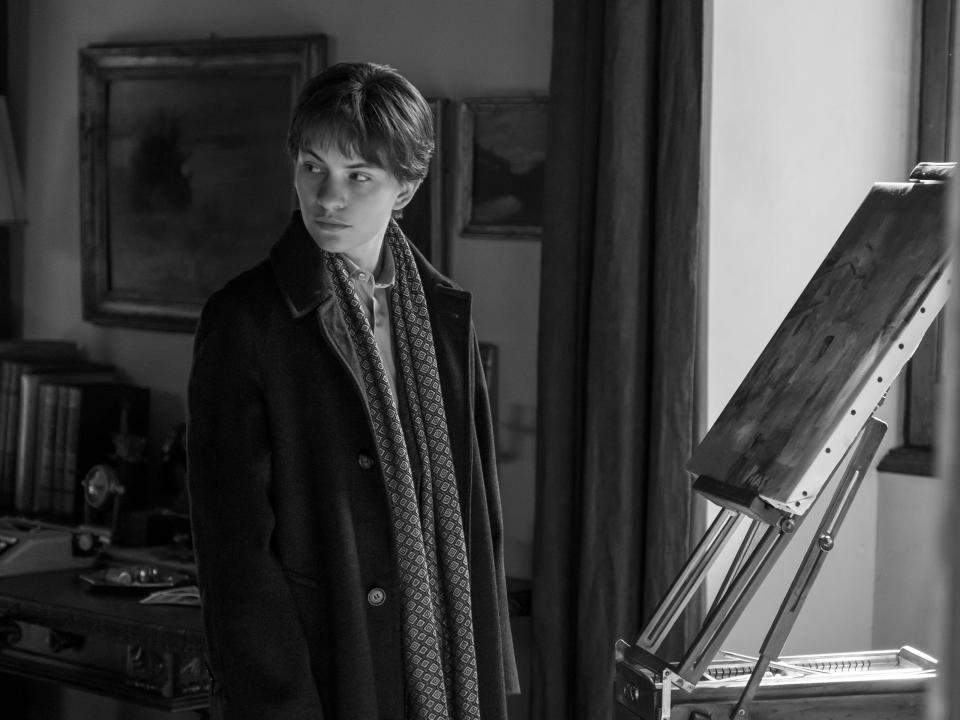
Highsmith describes Freddie Miles (Eliot Sumner) as an overweight, carrot-red-haired American dressed in a "loud sports shirt" when he is first introduced in the book. Tom instantly dislikes his appearance and soon finds his personality grating.
While Tom in the series finds Freddie equally odious, in the Netflix adaptation, Freddie has a drastically different characterization; he's English and portrayed as more restrained but showing more contempt toward our titular grafter.
The relationship between Dickie and Marge is more ambiguous in the book.
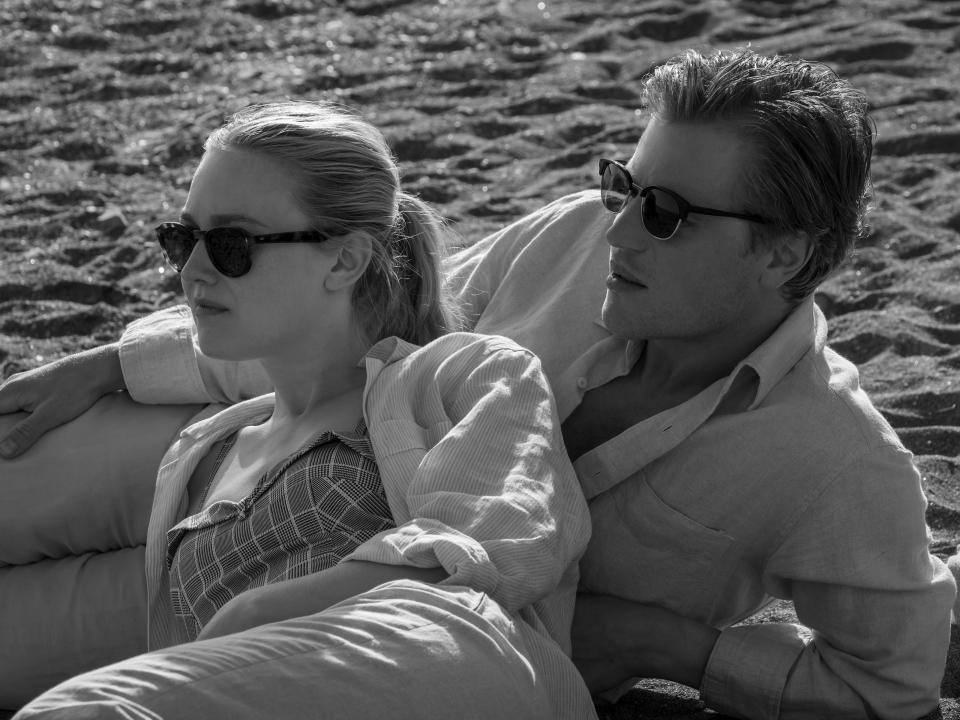
When Marge is questioned by the Italian police in "Ripley," she has a very simple definition of her relationship with Dickie. "I'm his girlfriend," she tells Inspector Ravini (Maurizio Lombardi).
It is a marked change from the book in which Dickie and Marge's relationship hovers somewhere between friendship and romance but isn't clearly defined. If anything, Marge is lovesick over Dickie, while Dickie is blissfully unaware of her feelings.
The book also has much more overt queer undertones, for readers can understand why Marge sees Tom as a rival for Dickie's affections.
In the novel, when she suspects that the two men are more than just friends, the deeply religious Marge is disgusted and angry at Dickie for leading her on.
Reeves Minot's character does not appear until the second Ripley novel.
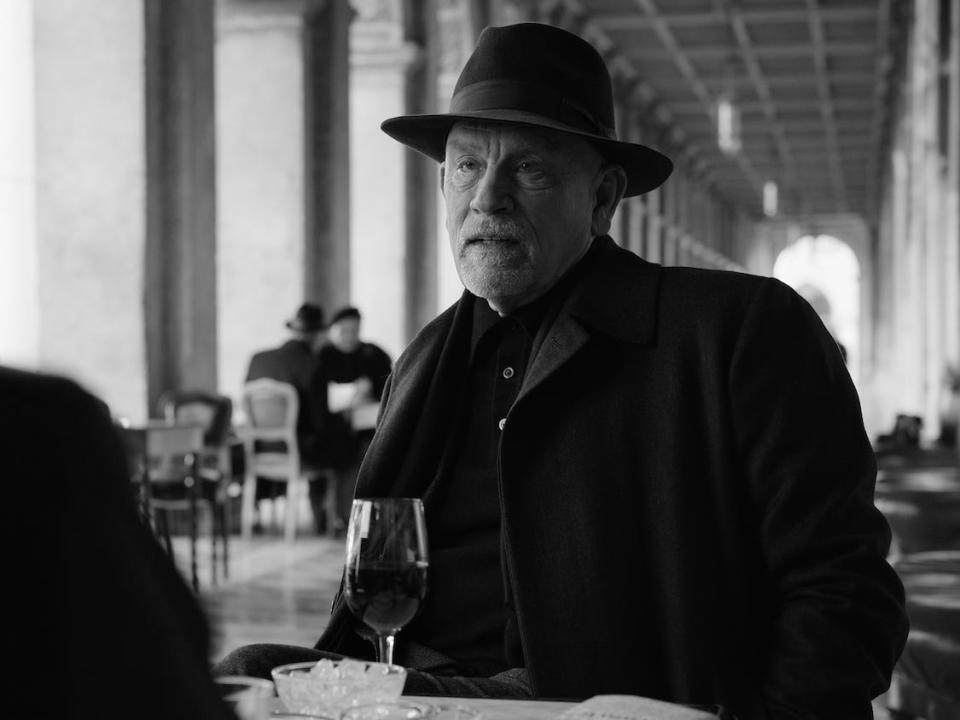
The eighth and final episode of "Ripley" features John Malkovich, who previously played Tom Ripley in the 2002 movie "Ripley's Game," making a cameo. He plays Reeves Minot, a con artist with whom Tom forms a friendship.
However, this scene does not appear in the book, as fans of the Ripley novels — or "Ripliads," as they're often called — will know. Reeves first appears in the second novel, "Ripley Under Ground," which Highsmith published 15 years after "The Talented Mr Ripley."
In "Ripley," Reeves helps Tom acquire a new identity by providing him with a fake passport. However, in the novel, that's because of an entirely different caper that Tom becomes involved in.
The series ends with Tom getting away with his crimes, but for a different reason.
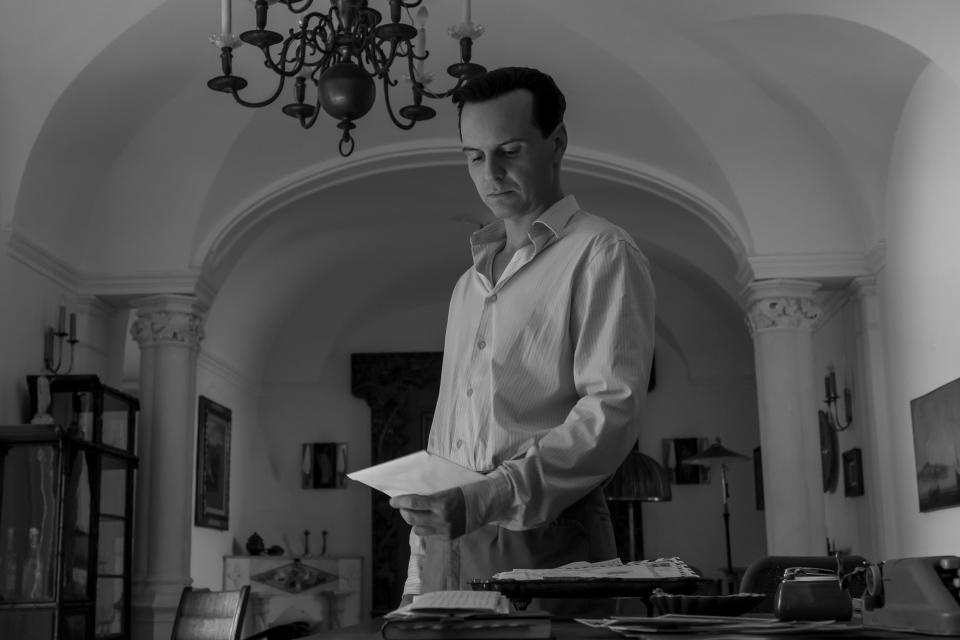
Another significant change between the novel and the new Netflix adaptation is how Tom ends up acquiring Dickie's assets and inheritance, allowing him to continue living a life of unbridled luxury in Europe.
In the book, Tom forges a final, undated will from Dickie that the Greenleafs unquestioningly accept as real, believing that he and Tom had grown to be close, dependable friends in Dickie's' final weeks.
Perhaps considering this ending too unrealistic, Zaillian's series ends with Tom managing to figure out how to transfer almost all of Dickie's trust fund and possessions in his name without being detected, including a priceless Picasso.
Read the original article on Business Insider

